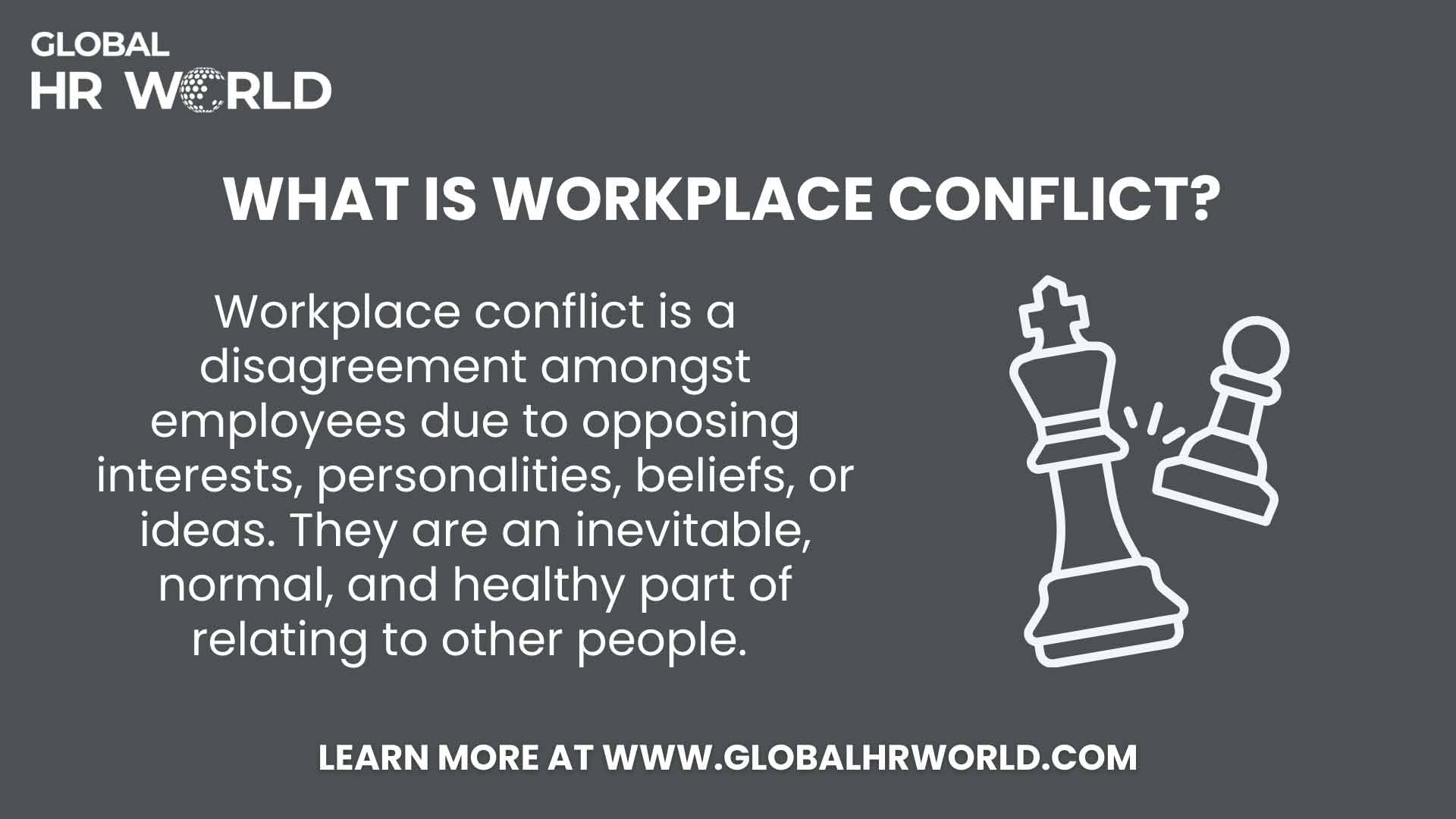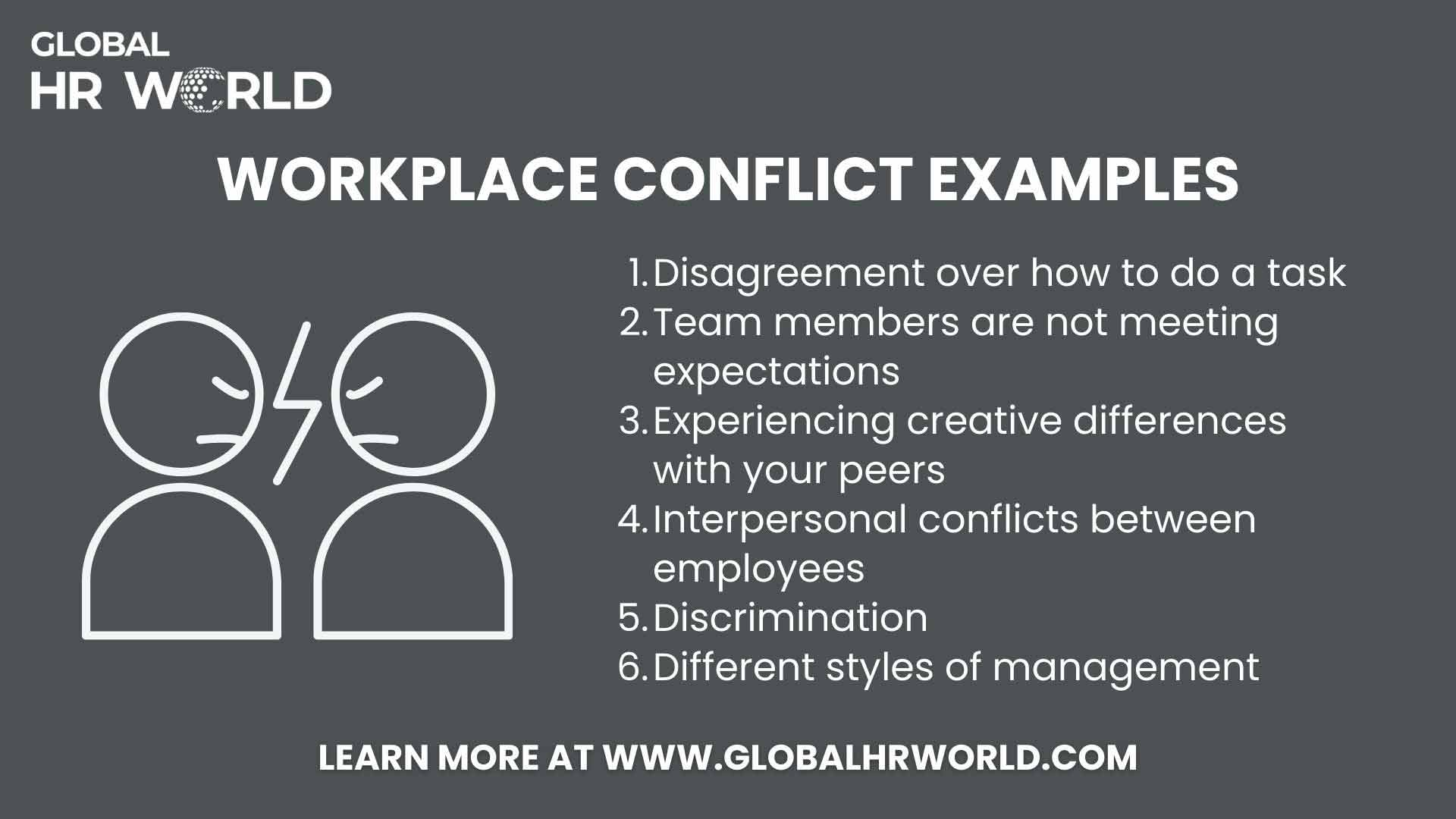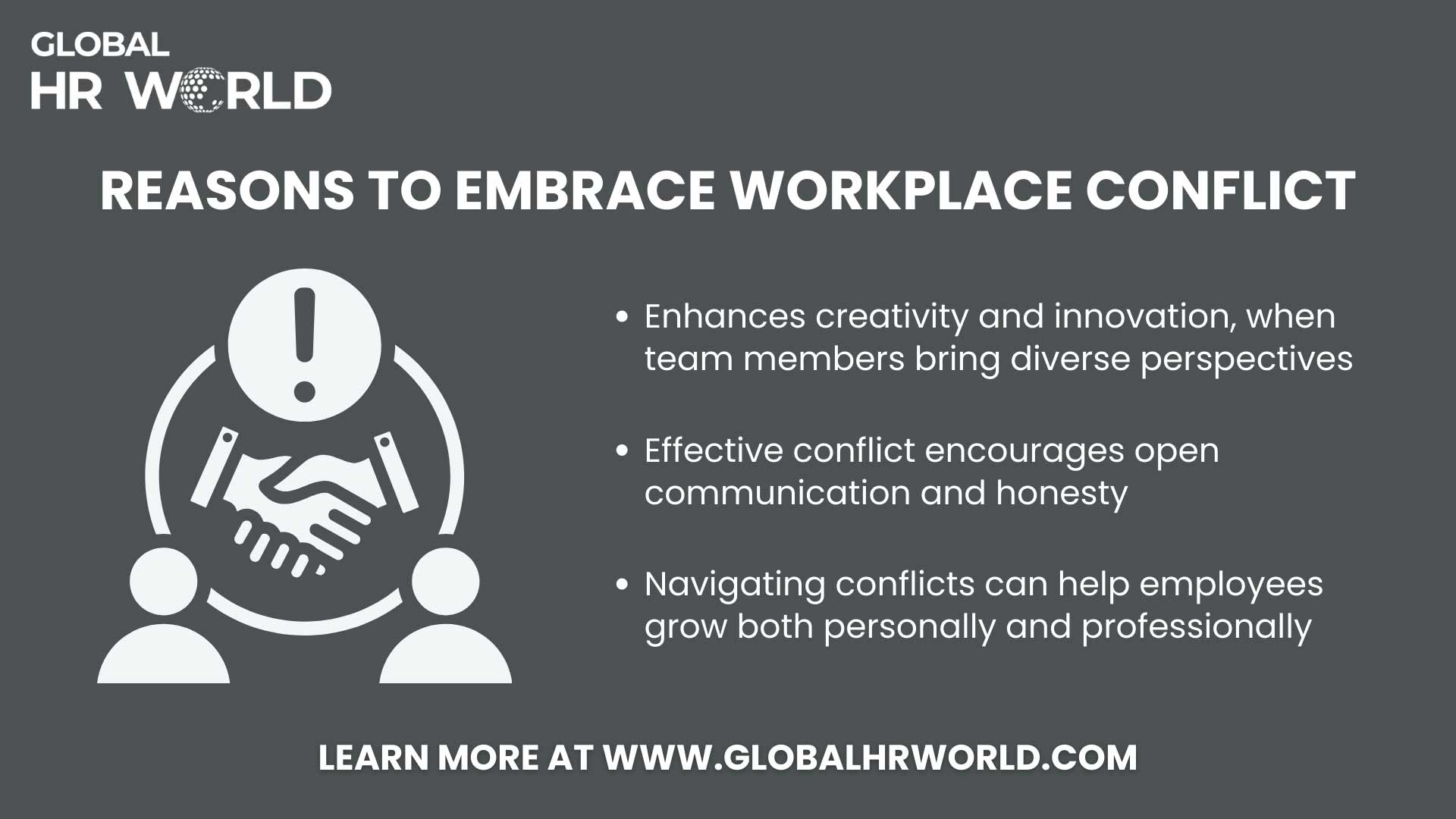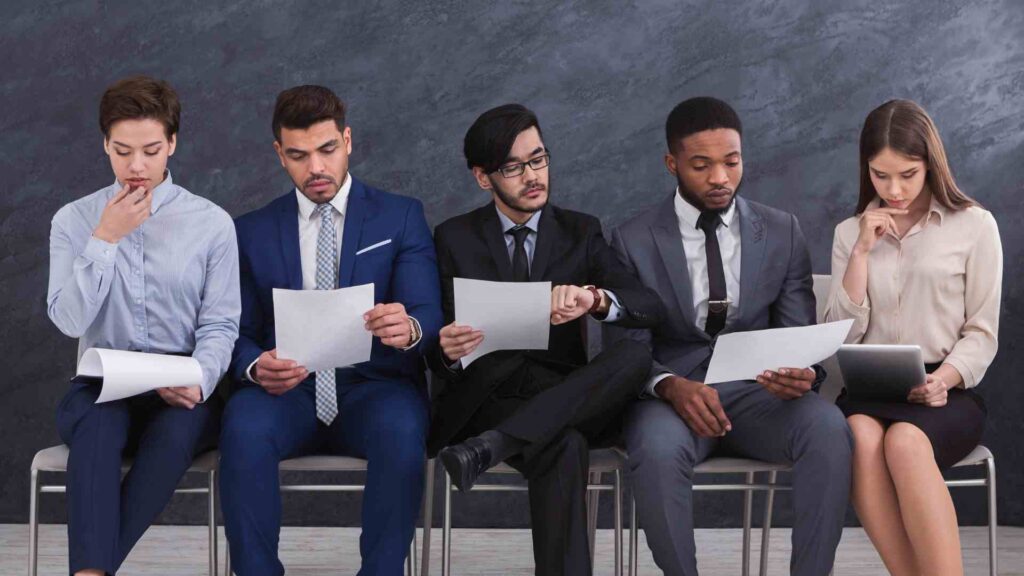Workplace conflicts are common in the workplace. They can arise from personal differences, varying work styles, and managerial relationships. Here we will talk about a few workplace conflict examples that can happen in your organization.
Let’s begin!

Why do you need to learn about workplace conflict examples?
Employees working in the organization of the United States spend 2.8 hours each week involved in conflict approximately. This adds to around $359 billion in hours paid that are filled with – and focused on – conflict instead of actual productivity. The amount is the equivalent of 385 million days on the job going toward the goal of arguing, as opposed to being put toward collaboration. A full day of productivity each month. This is 2.5 weeks of productivity each year (CPP Inc., 2008).
Shocking numbers, right?
This explains why you need to be aware of conflicts that can arise in the workplace.
Workplace conflict examples
Workplace conflict is a disagreement amongst employees due to opposing interests, personalities, beliefs, or ideas. They are an inevitable, normal, and healthy part of relating to other people. Here are six workplace conflict examples to help if a similar situation arises:

Let’s discuss these workplace conflict examples in detail.
Workplace conflict examples no. 1 – Disagreement over how to do a task
Everyone works differently. The process of productivity is different for everyone. Due to this small-level disagreements can often happen in the workplace. For example, from a singular dispute in a meeting to a difference of opinion over a particular topic. These task-based disagreements are a natural part of your daily working life. They are an inevitable, normal, and healthy part of relating to other people. You might dream of working in a mindless peaceful utopia, but it wouldn’t be good for your company, your work, or you. In fact, disagreements — when managed well — have lots of positive outcomes. Like,
- When you come across slight disagreements on how to do a task chances are this is likely to lead to better work outcomes.
- As uncomfortable as it may feel when someone disagrees to your ideas, it’s an opportunity to learn and grow.
- By working through conflict together, you will feel closer to the people around you and develop a better relationship with your coworkers.
So, knowing how to approach these conflicts can help deescalate potential issues within the team or department.
Workplace conflict examples no. 2 – Your team members are not meeting expectations
Sometimes an employee may not meet the organizational expectations. This can include turning in work after the deadline to missing client’s essential details. There are many reasons these delegation conflicts occur, like,
- Poor communication with inadequate follow-ups
- Lack of trust and poor employee dynamics
- Constraints in budget and resources
- Mismatch in skills
so it is vital that the manager listens to the employee and finds a solution that works for everyone.
Workplace conflict examples no. 3 – Experiencing creative differences with your peers
Creativity is subjective. What may look good to your eyes, someone may consider it not appropriate. Fields like designing, creative writing often face these challenge. But when you are working in a team with creatives it can provide an excellent opportunity to grow your professional skill set. However, strong creative opinions again can cause conflicting voices, each envisioning different directions for a project. Remember that every innovative idea has positive motivations for helping the project succeed, so use that enthusiasm to resolve these workplace conflicts.
Workplace conflict examples no. 4 – Interpersonal conflicts between employees
Many professionals have found someone challenging to work with or encountered a colleague they disliked. Typically, having lack of interpersonal skills like communication, awareness of cultural differences, attention to detail and active listening can help teammates begin conflicts. These can exacerbate the situation. Sometimes these escalate beyond the one-off disagreements and require high-level mediation.
Workplace conflict examples no. 5 – Discrimination
Discrimination is often the most serious of workplace conflicts. Discrimination comes from treating someone unfairly because of who and how they are. For example, increment/promotion is being given just because they are a woman. But prejudice and discrimination come in many forms, including overt discrimination, indirect comments and micro-aggressions. All these can cause arguments/disagreements between employees, creating conflict at work. Knowing how to navigate and resolve this type of conflict can help create a better team and understanding of each other as also mentioned earlier.
Workplace conflict examples no. 6 – Different styles of management
Everyone has their methods for completing assignments, from how we manage our time to our approach to tasks. Some people want to finish a project one way, but your team lead or manager may think a different way is right. Again different managers can have different ideas about a single thing. They might argue about which way is right and get frustrated because they can’t agree. When you work closely with others, these individual differences can cause conflict.
But why else do you need to learn about workplace conflict examples?
So that you can embrace the outcomes.

How to handle these workplace conflict examples?
How you manage conflict is important in being an effective team player and how you convey your conflict management skills can help you during client meetings. A few ways to handle:
- As a first measure, it is helpful to step back from the issue to stay calm and gain perspective. You can suggest to your colleague that you return to this at the end of the meeting or take a five-minute break to allow everyone time to think.
- Communication is the key. Many workplace conflicts take place due to a lack of proper communication and understanding. For this reason, it is usually better to voice a difference in opinion immediately and in a civilized way, rather than allowing underlying resentment and anger to result in conflict.
- In conflict situations, active listening is an excellent approach. It involves observing the other person’s verbal and non-verbal cues and providing an accurate paraphrase after they’ve spoken to show them you understand.
- To resolve conflicts you can consider working together with your colleagues to incorporate ideas from both parties, compromising where necessary to highlight the most promising aspects from each perspective.
- When managing conflict, it is important to remember that our emotions influence our response and potentially escalate these situations. Using a professional mediator or another neutral party can help you resolve the issue.
- You can talk to a manager you feel comfortable with or ask a colleague to come and support you in this process. You can also request a union representative to join you in meetings and ensure the company follows the correct procedure.
- Although it is common for few individuals to act in an emotional and subjective way, one should always strive to be as objective as possible in the workplace. Attempt to focus on a coworker’s behavior, as opposed to focusing on aspects of their personality.
Having said that…
Managing conflict isn’t always as simple and straightforward process as mentioned. but when done properly, the conflict resolution process can bring employees and teams closer than earlier and result in creative outcomes that help grow the organization.
Infographic

Knowledge Check!
Frequently Asked Questions (FAQs)
What is conflict in the workplace?
Workplace conflict is a disagreement amongst employees due to opposing interests, personalities, beliefs, or ideas. They are an inevitable, normal, and healthy part of relating to other people.
What is an example of a conflict in the workplace?
An example of conflict in the workplace can be strong creative opinions, which can cause conflicting voices, each envisioning different directions for a project.
How to resolve workplace conflict?
As a first measure, it is helpful to step back from the issue to stay calm and gain perspective. You can suggest to your colleague that you return to this at the end of the meeting or take a five-minute break to allow everyone time to think.



